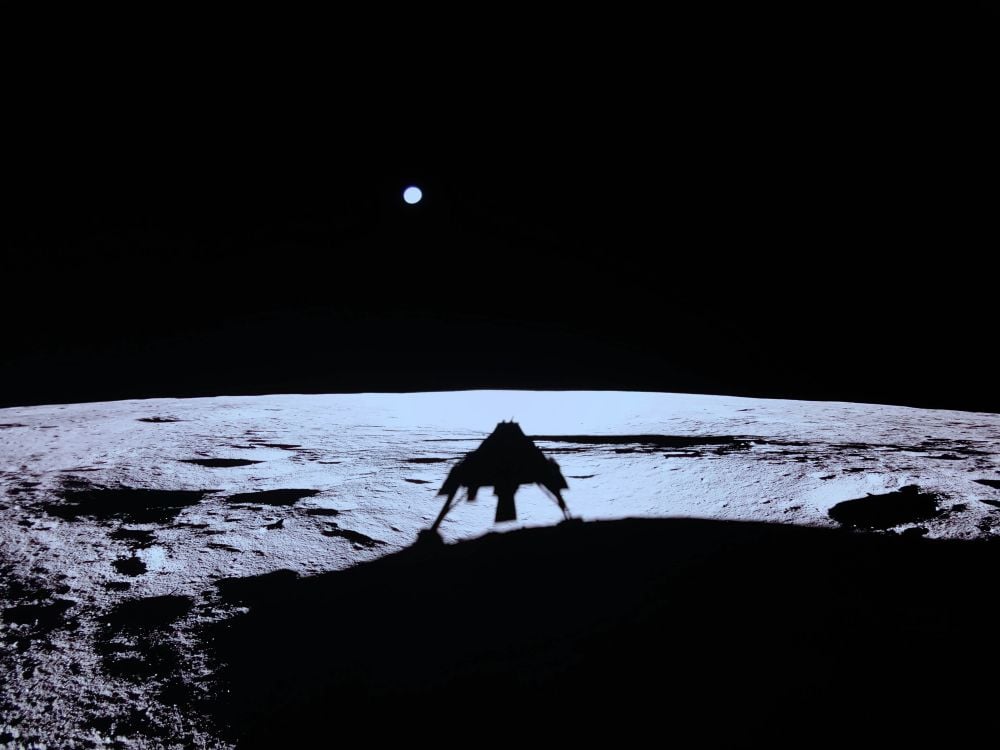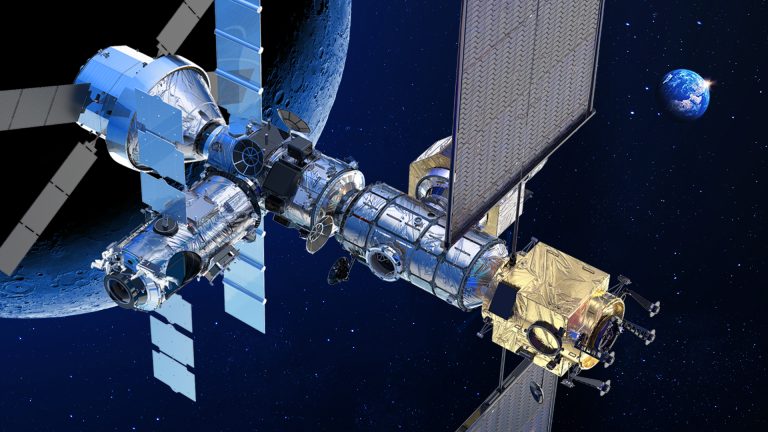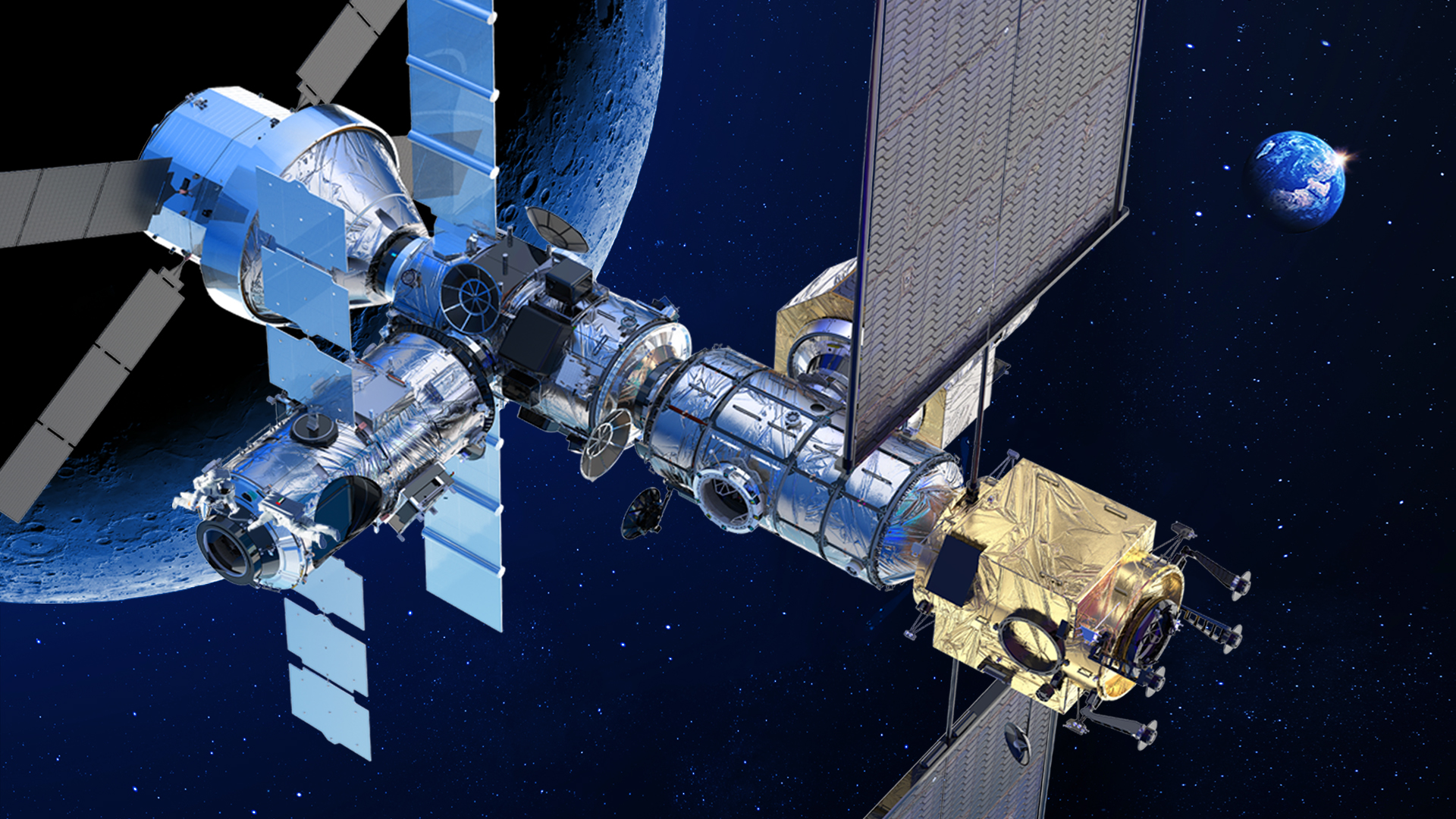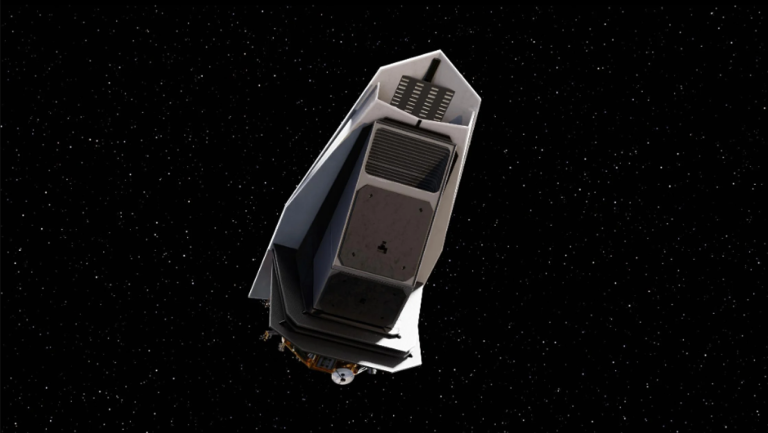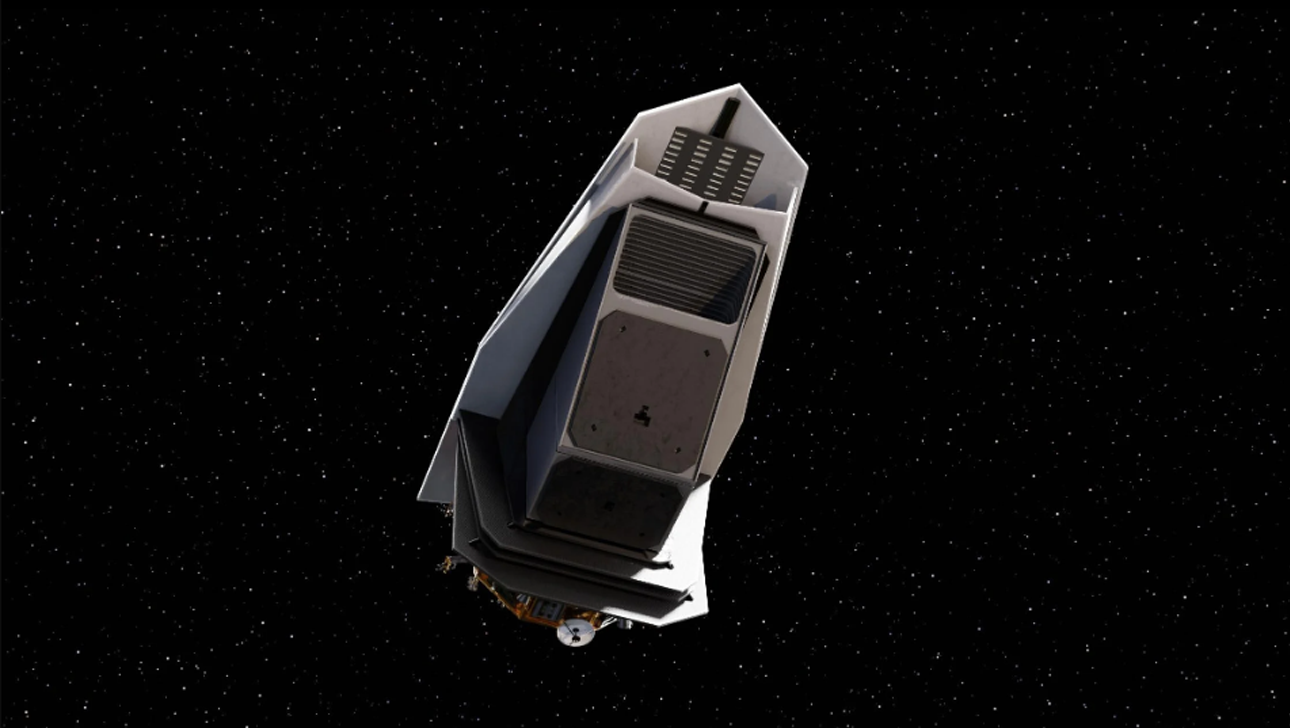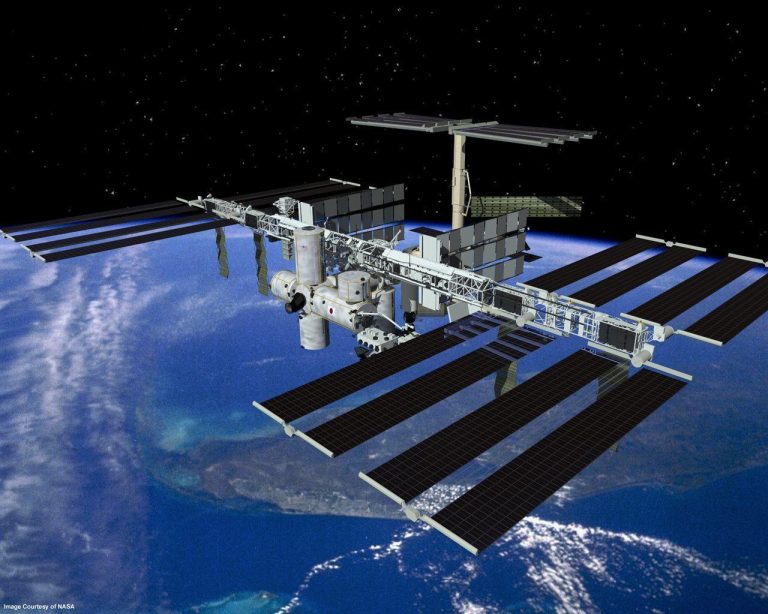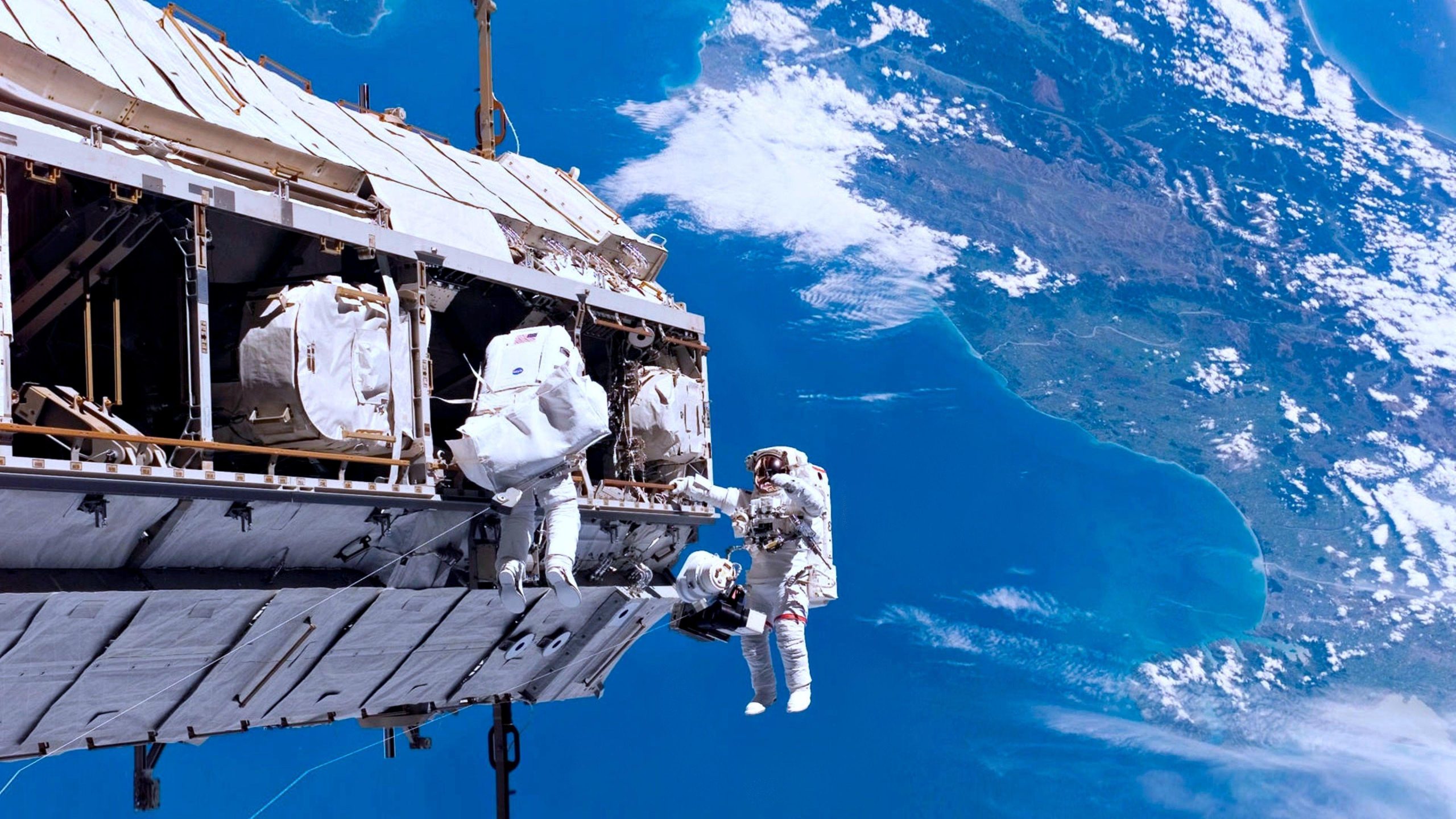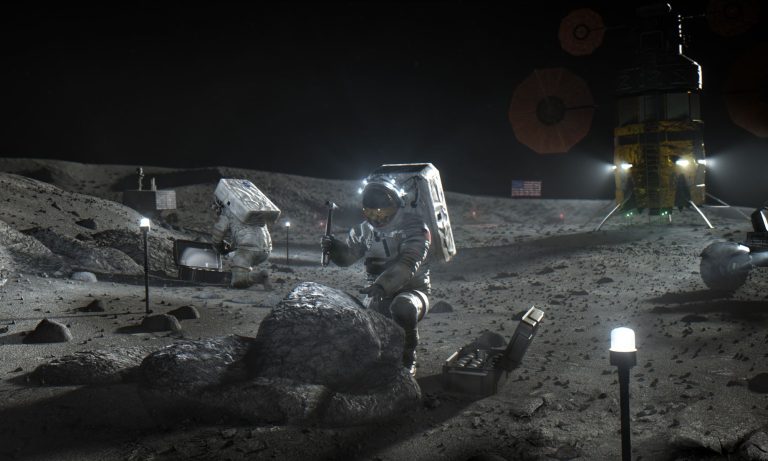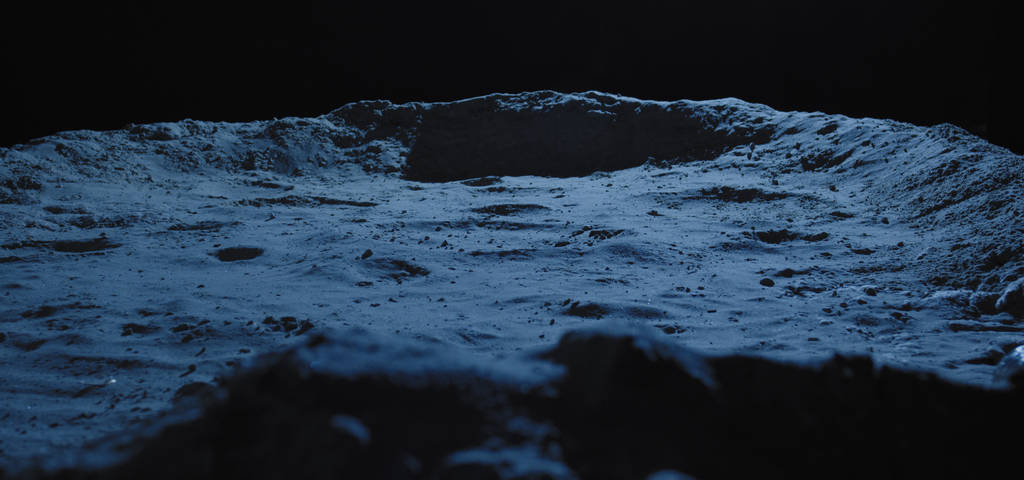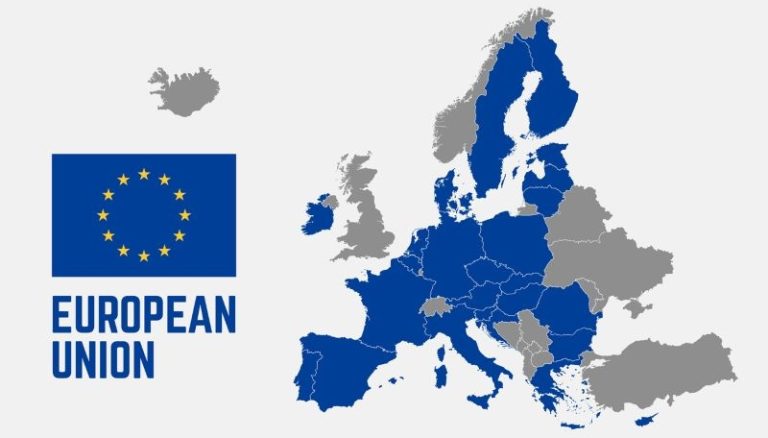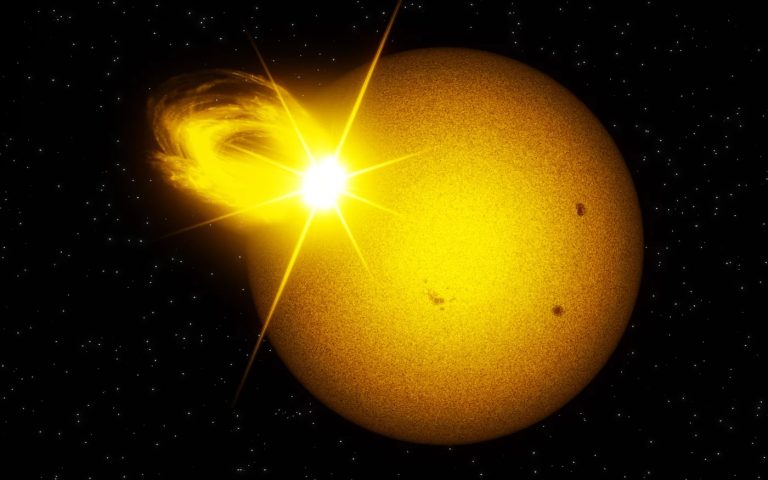Drinkable Water on Mars? Discover the Graduate Project Making It Possible
The Project Tethys at Worcester Polytechnic Institute is paving the way for making drinkable water on Mars. By focusing on purifying the frozen or liquid brine that covers the planet, this innovative graduate project aims to overcome the challenges of perchlorate contamination and other toxins. With NASA’s funding through the Space Technology Graduate Research Opportunities (NSTGRO) program, Lydia Ellen Tonani-Penha and her team are exploring a five-point plan that includes extensive literature reviews, prototype development, and assessments of Martian conditions. Their work is a promising step toward enabling long-term human habitation on Mars without relying on water shipments from Earth.
Summary
- The U.S. space community has achieved major milestones like oxygen production with MOXIE and successful flights with Ingenuity, yet drinkable water on Mars remains a challenge.
- Project Tethys is a NASA-funded graduate research project at Worcester Polytechnic Institute (WPI) led by Lydia Ellen Tonani-Penha.
- The project targets purifying the Martian brine that is infused with toxic chemicals such as perchlorates.
- A comprehensive plan has been developed, including a literature review, prototype construction, and tests using Martian simulants.
- The research addresses both frozen and liquid brine conditions found on Mars, particularly in the northern hemisphere.
- The work highlights the need to understand Martian regolith properties such as heat transfer and electrical conductance.
- The project outlines technical hurdles like energy consumption and regolith variability.
- Future research directions are proposed to further refine purification methods and system designs.
- The findings from this project could be critical for sustaining human life on Mars in the long term.
- The success of Project Tethys would reduce dependency on Earth-supplied water during Mars missions.
- Extensive academic research and real-world testing are fundamental to tackling the problem.
- The project has drawn significant attention as an essential piece in the Mars exploration puzzle.
- The research is supported by NASA’s NSTGRO funding program, underscoring its importance.
- Clean water on Mars is vital for any long-term human presence on the planet.
- The project may lead to a revolutionary breakthrough in extraterrestrial water purification techniques.
Introduction
Mars exploration has witnessed many successes in recent years. From the MOXIE experiment, which successfully produced oxygen from the Martian atmosphere, to the Ingenuity helicopter’s numerous flights, space technology has made incredible strides. However, one critical milestone remains unachieved: producing drinkable water on Mars. This challenge is not only crucial for sustaining human life but is also a cornerstone for establishing a permanent human presence on the Red Planet.
The Challenge of Martian Water
Mars is a planet of extremes, and its water exists in forms that are far from the drinkable water we rely on on Earth. The Martian environment is dominated by frozen water and brine, which is often contaminated with hazardous substances such as perchlorates. These chemicals are highly toxic to life and pose significant challenges to any water purification system designed for Mars.
Researchers have long sought methods to purify this Martian brine, yet the task is complicated by the harsh environmental conditions and the unique composition of the Martian soil. Perchlorates, in particular, are a major obstacle. They are widespread across the Martian surface and require energy-intensive methods to remove. This challenge makes the quest for clean, drinkable water on Mars a formidable scientific and engineering problem.
Project Tethys: A Graduate Initiative
In response to this critical need, NASA has funded a promising project under its Space Technology Graduate Research Opportunities (NSTGRO) program. Project Tethys is led by graduate student Lydia Ellen Tonani-Penha from Worcester Polytechnic Institute (WPI) and is supported by Dr. Robert Hyers, the chair of WPI’s mechanical engineering department. The project was recently presented at the 56th Annual Lunar and Planetary Science Conference in Texas, capturing the attention of the space research community.
Project Tethys outlines a detailed, five-point plan to tackle the water purification challenge on Mars. The plan begins with a comprehensive literature review, gathering all existing knowledge on Martian regolith and water purification techniques. By understanding the current state of research, the team aims to identify gaps and develop innovative solutions. The review focuses on understanding how toxic substances like perchlorates can be effectively removed from Martian brine.
Technical Approach and Prototype Development
After the literature review, the next phase involves prototyping. Tonani-Penha plans to build a prototype water purification system that will be tested with Martian simulants. These simulants mimic the Martian soil and water conditions found in the northern hemisphere, where sub-surface frozen water is relatively common. The prototype will consider critical factors such as heat transfer, electrical conductance of the regolith, and the energy required for water purification.
The research emphasizes the need to create a system that is not only effective but also energy efficient. Since power is a limited resource on Mars, the purification process must be optimized for low energy consumption while still removing harmful contaminants.
Below is a table outlining the key steps in the Project Tethys timeline:
| Phase | Objective | Key Considerations |
|---|---|---|
| Literature Review | Gather existing research on Martian water purification | Understanding perchlorate contamination |
| Prototype Development | Design and build a functional water purification system | Energy efficiency, regolith properties |
| Testing with Simulants | Evaluate system performance using Martian simulants | Replicating northern hemisphere conditions |
| Data Analysis | Assess system effectiveness and identify improvements | Performance metrics, energy consumption |
| Future Work Proposal | Outline next steps for system refinement and deployment | Long-term integration into Mars missions |
Another table presents a comparison of water sources on Mars and the main challenges involved:
| Water Source | Characteristics | Main Challenge |
|---|---|---|
| Frozen Water | Common in polar and sub-surface regions | Requires melting and energy for purification |
| Liquid Brine | Found mixed with regolith in some areas | High perchlorate concentration and toxicity |
The Scientific and Practical Impact
The implications of Project Tethys are vast. Successfully converting Martian brine into clean, drinkable water would mark a monumental achievement in space exploration. It would drastically reduce the logistical challenges associated with transporting water from Earth, a process that is both expensive and inefficient.
The project’s approach, which includes a robust literature review, innovative prototype development, and rigorous testing, ensures that every aspect of the problem is addressed. The goal is to create a system that can operate under the unique and harsh conditions on Mars while providing a reliable source of water for future human missions.
Addressing Technical Hurdles
Project Tethys also involves overcoming several technical hurdles. The variable nature of the Martian regolith, which affects heat transfer and electrical conductance, presents significant challenges for designing an effective purification system. Additionally, the energy requirements for melting frozen water and filtering out perchlorates must be minimized to ensure that the system can be viable in a resource-constrained environment.
The research team is working on detailed simulations and experimental setups to determine the best materials and methods for water purification. By analyzing different scenarios, the team aims to develop a system that is both robust and adaptable to various Martian conditions.
Future Directions and Research
While Project Tethys represents a promising step toward solving the water problem on Mars, it is only the beginning. The final phase of the project involves proposing future research that will further refine the purification system. The long-term vision includes developing a fully integrated system that can be tested on Mars, providing a continuous supply of clean water for future explorers.
The success of this project could serve as a catalyst for further innovations in Mars habitation technologies. By addressing the fundamental need for drinkable water, Project Tethys is setting the stage for more comprehensive life-support systems that will be essential for long-term missions on Mars.
Facts
- Martian brine is rich in perchlorates, which are highly toxic and a major barrier to water purification.
- Mars has both frozen water and liquid brine, but neither is directly usable for human consumption.
- The research for Project Tethys draws on decades of previous studies about Martian soil and water composition.
- NASA’s NSTGRO program supports a wide range of innovative projects, with water purification being one of the most critical for human missions.
- The purification technology developed for Mars may also have applications in remote or resource-poor regions on Earth.
The quest for drinkable water on Mars is a vital challenge that stands at the forefront of space exploration. Project Tethys is an ambitious graduate initiative funded by NASA, designed to tackle this problem head-on. Through a comprehensive plan that includes literature reviews, prototype development, and rigorous testing with Martian simulants, the project aims to transform contaminated Martian water into a safe and sustainable resource for future human missions.
This research not only addresses a critical need for long-term human presence on Mars but also pushes the boundaries of our scientific and engineering capabilities. As the team works through the technical challenges—ranging from perchlorate removal to energy optimization—the project serves as a beacon of hope for a future where Mars can truly become a second home for humanity.
The work being done by Lydia Ellen Tonani-Penha and her colleagues at WPI is a testament to the innovative spirit driving modern space exploration. Their efforts may eventually lead to breakthroughs that could revolutionize not only the way we explore Mars but also how we manage water resources in extreme environments here on Earth.



